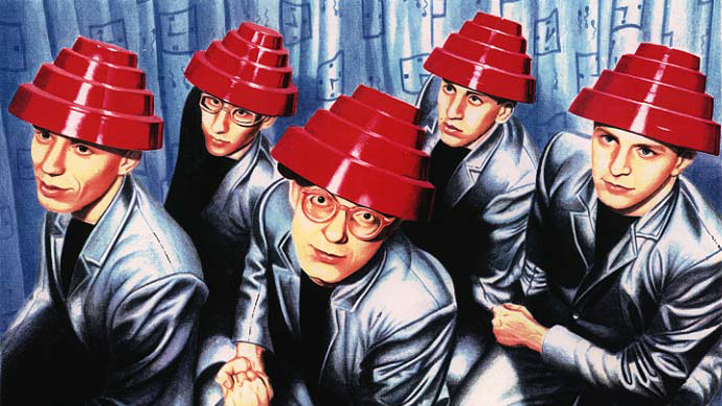You might feel a little more tired than normal come Sunday morning.
But sleepiness will come with a trade off.
Illinois, along with the vast majority of the United States, will resume daylight saving time in the early morning hours of Sunday, March 10, when clocks will "spring forward" one hour at 2 a.m.,
While we'll lose an hour of sleep, it won't get dark as early.
With just hours until the time change, here's what to know about daylight saving time and why it is observed.
What is daylight saving time?
Daylight saving time is a changing of the clocks that typically begins in spring and ends in fall in what is often referred to as "springing forward" and "falling back."
Local
Under the conditions of the Energy Policy Act of 2005, daylight saving time starts on the second Sunday in March and ends on the first Sunday in November.
On those days, clocks either shift forward or backward one hour, giving the year one 23-hour and one 25-hour day.
Feeling out of the loop? We'll catch you up on the Chicago news you need to know. Sign up for the weekly Chicago Catch-Up newsletter here.
Which states observe daylight saving time?
Nearly every U.S. state observes daylight saving time, with the exceptions of Arizona (although some Native American tribes do observe DST in their territories) and Hawaii. U.S. territories, including Puerto Rico, American Samoa, Guam and the U.S. Virgin Islands, do not observe daylight saving time.
What is standard time?
According to the website Time and Date, standard time is the local time in a country or region when daylight saving time is not in use.
"More than 60% of the countries in the world use standard time all year," the site says. "The remaining countries use DST during the summer months, generally setting clocks forward one hour from standard time."
According to the AASM, it's standard time that more closely matches our body's internal clock.
"The daily cycle of natural light and darkness is the most powerful timing cue to synchronize our body’s internal clock," the Illinois-based organization says. "When we receive more light in the morning and darkness in the evening, our bodies and nature are better aligned, making it easier to wake up for our daily activities and easier to fall asleep at night. Daylight saving time disrupts our internal clock, leading to sleep loss and poor sleep quality, which in turn lead to negative health consequences."
Do experts prefer daylight saving time or standard time?
Previously, proposed legislation pushed for permanent daylight saving time, but that legislation ultimately fell through.
Still, sleep experts have long questioned the health of daylight saving time.
The American Academy of Sleep Medicine has pushed for a switch to permanent standard time for several years.
“By causing the human body clock to be misaligned with the natural environment, daylight saving time increases risks to our physical health, mental well-being, and public safety,” Dr. M. Adeel Rishi, who is chair of the AASM Public Safety Committee and a pulmonary, sleep medicine, and critical care specialist at Indiana University Health in Indianapolis, said in a statement. “Permanent standard time is the optimal choice for health and safety.”
Experts cited a "growing body of evidence" in recent years.
“Permanent standard time helps synchronize the body clock with the rising and setting of the sun,” Dr. James A. Rowley, president of the AASM, said in a release. “This natural synchrony is optimal for healthy sleep, and sleep is essential for health, mood, performance, and safety.”
It also mirrors similar takes from other organizations, including the National Sleep Foundation, which said "seasonal time-changes are disruptive to sleep health and should be eliminated."
But, according to the Department of Transportation, daylight saving time has a number of benefits. The DOT's website highlights the following:
- It saves energy. During Daylight Saving Time, the sun sets one hour later in the evenings, so the need to use electricity for household lighting and appliances is reduced. People tend to spend more time outside in the evenings during Daylight Saving Time, which reduces the need to use electricity in the home. Also, because the sunrise is very early in the morning during the summer months, most people will awake after the sun has already risen, which means they turn on fewer lights in their homes.
- It saves lives and prevents traffic injuries. During Daylight Saving Time, more people travel to and from school and work and complete errands during the daylight.



